Tracing the Evolution of Pitot Tubes
A Journey Through Innovation & Precision
Milestones in Pitot Tube Development
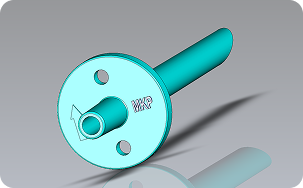
1732
Invention of the Pitot Tube
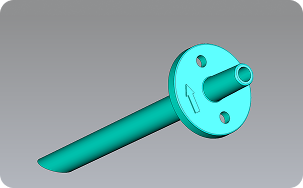
1856
Refinement by Henry Darcy
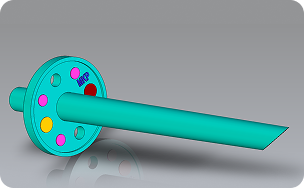
1926
Introduction to Aviation
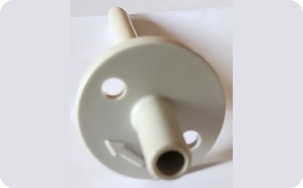
1970
Digital Integration

Henri Pitot
Henri Pitot, a French engineer and scientist, is renowned for inventing the Pitot tube in the early 18th century. His groundbreaking work laid the foundation for advancements in fluid mechanics. Pitot’s contributions extend beyond his invention, as he was instrumental in developing methods to measure fluid flow, which have been pivotal in various scientific and engineering fields.
Technological Advancements
Evolution of Pitot Tubes
Enhanced Accuracy
Durability & Efficiency
Innovations in manufacturing processes have led to Pitot tubes that are more durable and efficient, reducing maintenance needs and extending their operational lifespan.
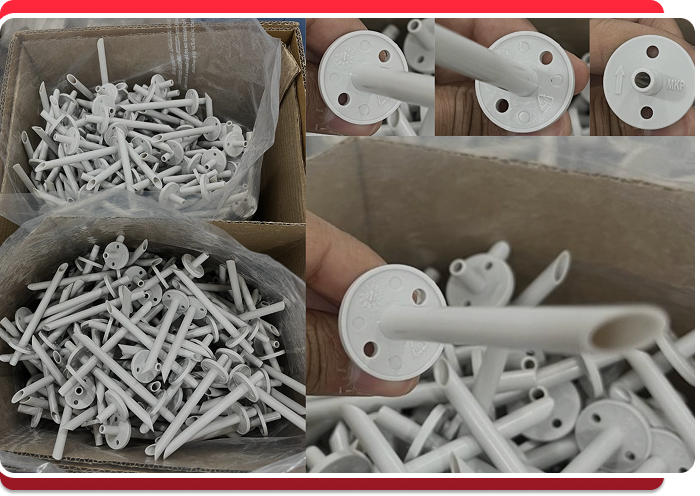
Diverse Applications
Pitot tubes are integral instruments in a wide range of industries,
including aviation, HVAC systems, industrial processes, and research
applications. Known for their ability to measure fluid flow velocity and
airspeed accurately, Pitot tubes play a crucial role in ensuring system
safety, efficiency, and performance. Over the years, Pitot tube technology has evolved to meet the demands of
modern industries. From early designs for basic flow measurement to
today’s high-precision, durable, and customizable sensors, these devices continue to deliver reliable and consistent results even in
challenging environments.
Industry Evolution
As technology has progressed, the role of Pitot tubes has evolved. In aviation, they are crucial for airspeed measurement, while in HVAC systems, they help optimize airflow management. Each industry has tailored the use of Pitot tubes to meet specific needs, showcasing their versatility.
